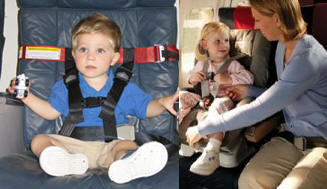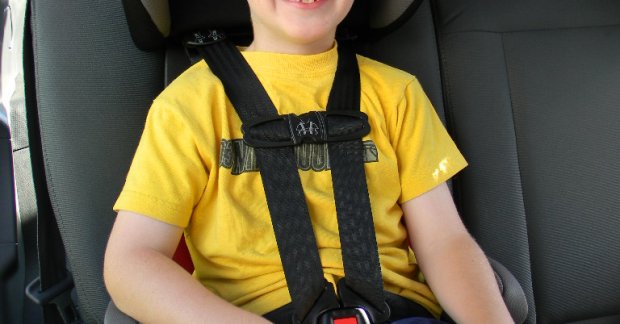

A better correlative measure between primates and mechanical child dummies is the head excursion, in both the forward- and lateral-collision modes. Test results also indicate that current instrumentation technology for application to in-vivo subjects is not adequately developed to permit consistent measurements in terms of "G" levels, injury criteria, etc.
#Child restraint systems efficacy simulator
Test results indicate that the mechanical test dummy, consisting of clearly defined adjustable body segments, is a better simulator than the lumped mass unadjustable type. An extensive sled testing was performed with child restraint systems to determine which of the two types of dummies simulate best the in-vivo response of primates and what criteria may be employed to measure the dummy response and the efficacy of child protection systems.

Acceleration measurements on both six-year-old child dummies were found to contain resonances. The three-year-old child dummies were found to be capable of providing repeatable measurements of the head and chest accelerations and head deflections in sled tests and to be sufficiently sensitive of detecting differences in the crash environments. "Love Seat" and Chrysler "Mopar," were selected for testing as representative of belt and padding restraint types currently in use. Simulated crashes included 20 and 30 mph frontal and 20 mph side impacts on automobile and specially designed bench seats. Commercially available three- and six-year-old child dummies were evaluated for their anthropometrie measurements and dynamic response characteristics in pendulum impact tests and simulated crashes in representative automobile-child seat restraint environments. Results showed the standard seat to be a durable, repeatable, and economical test platform which provides a realistic base for evaluation of child restraint systems. Developmental and evaluation data are presented, including child restraint performance tests. A standard seat was designed to provide a reproducible test base on which to evaluate child restraint systems in dynamic testing. Restraint system to a vehicle.A three-part program was undertaken to establish an appropriate means of evaluating child restraints in automobile crashes. Restraint, regardless of the weight of the Restrained in a harnessed child restraint. The usability of child restraint anchorage Of the outer surface of the ‘‘seat bight’’Īnchorage such that it is ‘‘a rigid bar ofĪny cross section shape,’’ by prohibiting Tether anchorages, and the correct use of

Restraint Anchorage Systems Incorporation by Reference Proposed Ruleįederal Register / Vol. National Highway Traffic Safety Administrationįederal Motor Vehicle Safety Standards Child Restraint Systems, Child
#Child restraint systems efficacy download
Federal Motor Vehicle Safety Standards Child Restraint Systems, Child Restraint Anchorage Systems Incorporation by Reference, 3743-3785 Download as PDFĮmcdonald on DSK67QTVN1PROD with PROPOSALS2


 0 kommentar(er)
0 kommentar(er)
